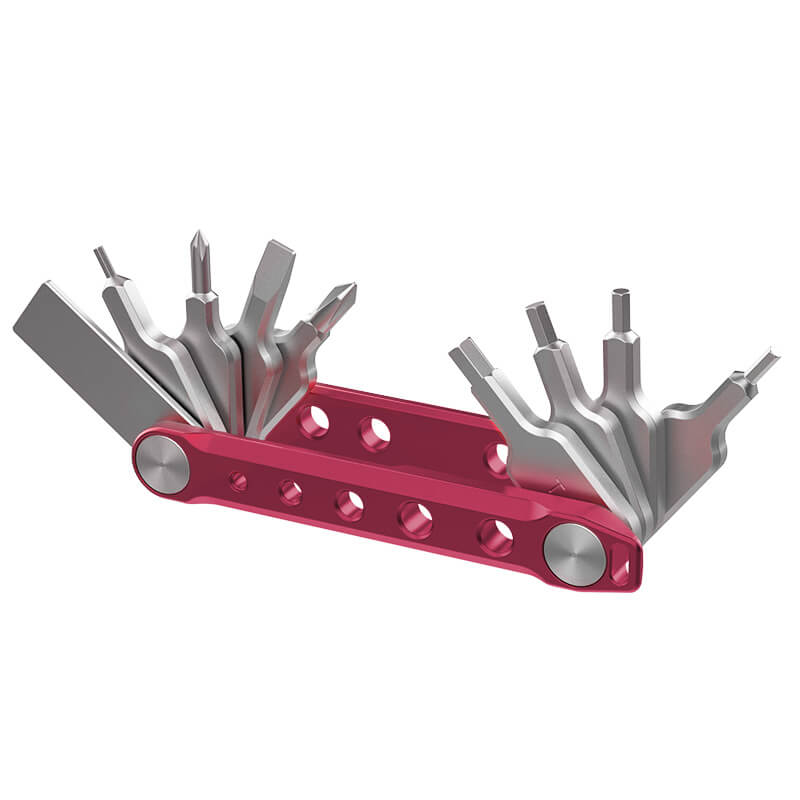Any photographer or videographer would agree that a tripod is a necessary piece of equipment since it offers stability and support for taking clear, precise pictures and videos. Tripods, like any other piece of equipment, need to be maintained on a regular basis to guarantee they keep working at their peak efficiency. In this blog post, we'll discuss the importance of tripod maintenance and provide a step-by-step guide on how to clean and maintain your tripod for optimal performance.
How to Clean the Tripod?

1. Start by Disassemble the Tripod
To thoroughly clean your tripod, you'll first need to disassemble it into its main components. Start by removing the head from the center column, then separate the legs and center column. This way, you can get into all the little nooks and crannies where dirt and grime can build up.
2. Clean Different Tripod Parts
Use a soft brush or cloth to gently brush away any dirt, sand, or debris from the legs and center column. Pay extra attention to the leg locks and hinges, since these spots tend to collect a lot of gunk that can make them hard to move. If you need to, you can use a slightly damp cloth to wipe away stubborn dirt, but don't soak the tripod parts in water.
Next, clean the tripod head and quick-release plate. Use a microfiber cloth or soft brush to get rid of any dirt or debris, being careful not to scratch or damage any of the delicate parts or markings.
3. Dry the Tripod Components
After cleaning, it's crucial to thoroughly dry all the tripod components before reassembling them. Moisture can lead to corrosion and affect the smooth operation of moving parts. Use a clean, dry cloth to wipe down each part, or allow them to air dry completely before moving on.
Lubricating the Tripod
1. Know Areas That Require Lubrication
Some parts of your tripod might need a little lubrication from time to time to keep them moving smoothly and prevent wear and tear. These parts include the leg locks and hinges, the center column locking mechanism, and the tripod head and quick-release plate.
2. Choose the Right Lubricant
When you're choosing a lubricant for your tripod, go for something lightweight that won't leave a greasy residue that attracts dirt and grime. Silicone-based lubricants or dry lubricants like graphite powder usually work well for tripods. Stay away from heavy oils or greases, since these can actually make it harder for the parts to move smoothly and can collect debris.
3. Apply Lubricant Properly
Apply a small amount of lubricant to the moving parts using a precision applicator or by carefully dabbing it on with a clean cloth. Remember, a little goes a long way when it comes to lubrication, so start with just a tiny bit and add more if you need to. After you've applied the lubricant, move the parts through their full range of motion to spread it out evenly, then wipe away any extra with a clean cloth.
Storage and Transportation Advice for Tripod
1. Master Storage Techniques
To keep your tripod in great shape, store it in a dry, cool place out of direct sunlight and away from extreme temperatures. Humidity and heat can damage your tripod's parts over time. Think about using a tripod bag or case to protect it from dust and accidental damage when you're not using it.
2. Prepare for Transportation
When you're traveling with your tripod, make sure it's secure in its bag or case to prevent scratches, dents, or other damage. If you don't have a special tripod bag, wrap your tripod in a soft cloth or some padding before you put it in your luggage. Keep in mind how much your tripod weighs and how big it is when you're packing, and think about using a lightweight travel tripod if you're frequently on the go.
How to Do Regular Maintenance Checks for Tripod?
1. Inspect the Tripod Regularly
Make it a habit to regularly check your tripod for any signs of damage or wear, like cracks, dents, or loose parts. Take a look at the legs and center column to see if they're bent or warped, and check the tripod head and quick-release plate for any damage or locks that aren't working right.
2. Test to Ensure Better Performance
To test your tripod's stability and functionality, set it up and make sure the leg locks and center column move smoothly and lock securely in place. Check that the tripod head moves freely and locks firmly when you adjust it. If you notice any problems, like stickiness or wobbling, take care of them right away.
3. Address Any Issues Promptly
If you find any damaged or malfunctioning parts during your maintenance checkups, don't wait to fix or replace them. Ignoring these problems can lead to even more damage or could cause your tripod to fail completely. If you're not sure how to fix something, check the tripod manufacturer's instructions or get help from a professional.
Start Your Tripod Maintenance Journey Now
Making tripod maintenance a part of your regular routine will help you catch and deal with any problems early on, saving you time and money in the long run. By following the steps in this blog post, you can stop dirt, debris, and wear and tear from messing with your tripod's performance and stability. A well-maintained tripod will give you reliable support and help you capture the best possible photos and videos for years to come.






